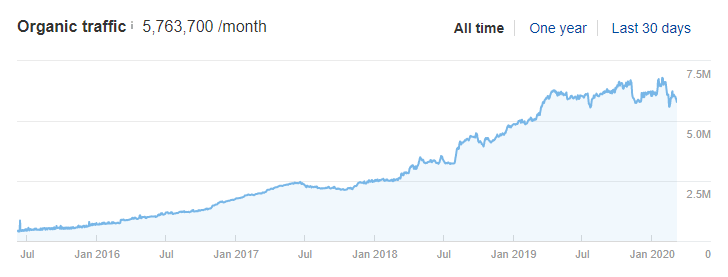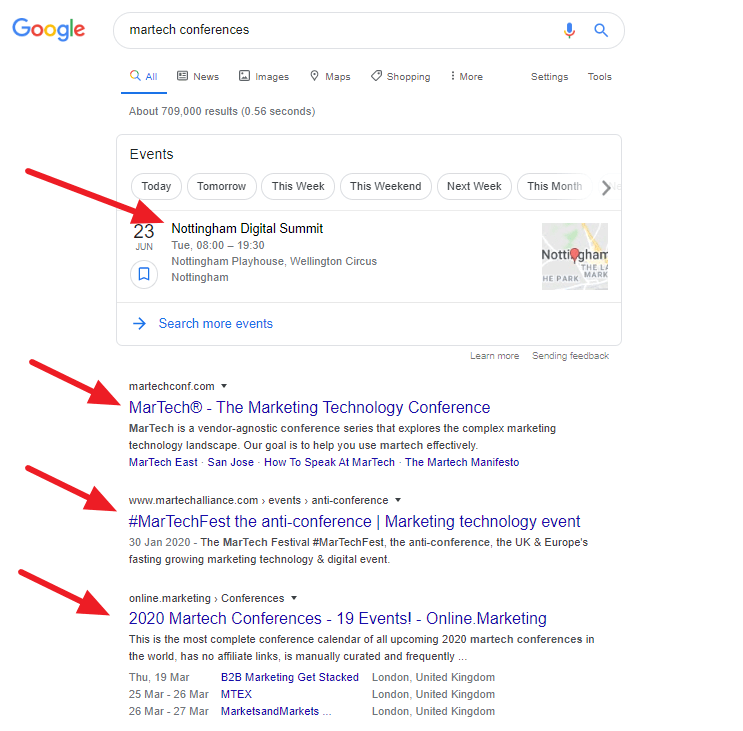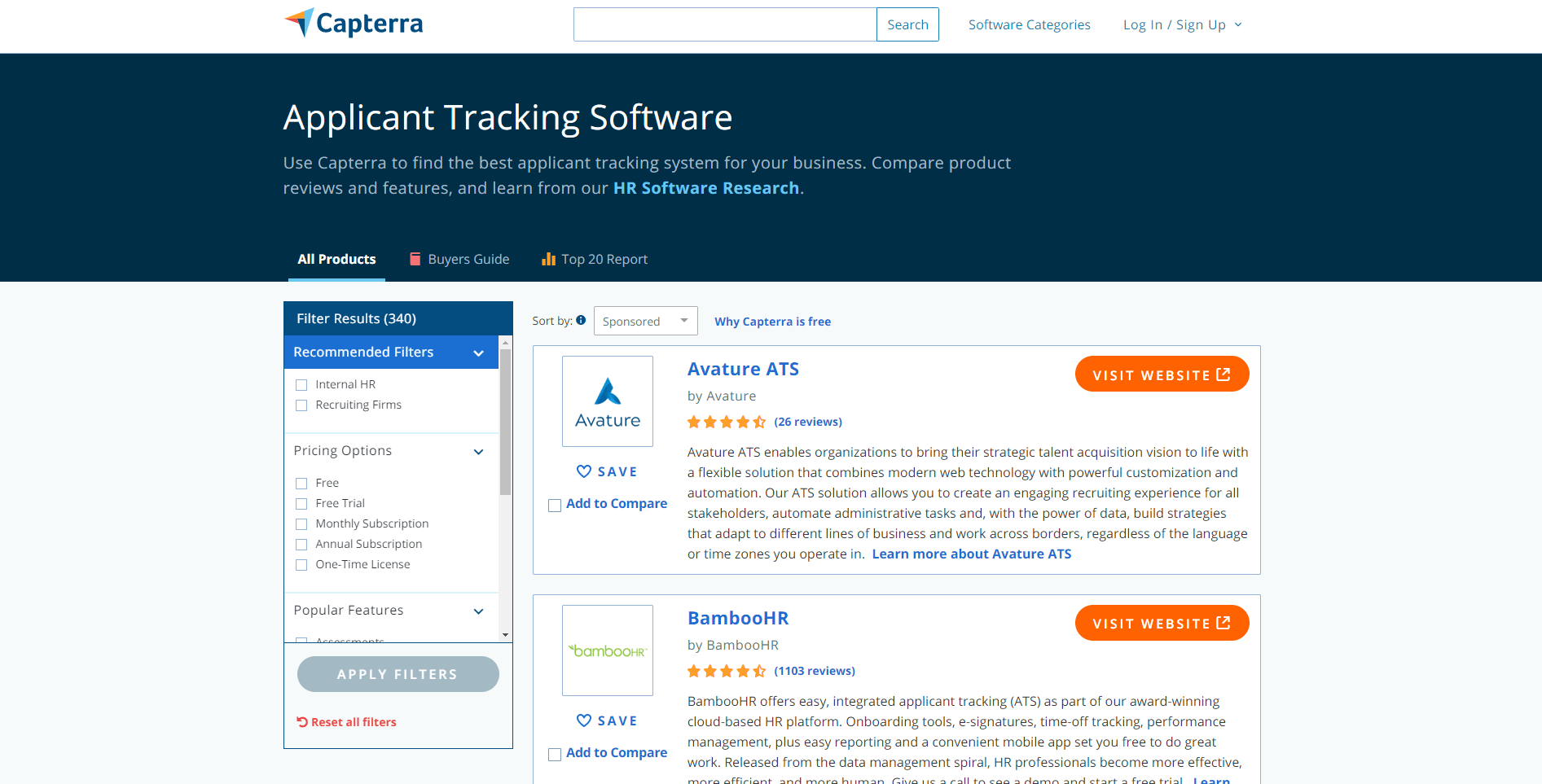
Cold calling is one of the original sales techniques, and many businesses still rely on it for growth.
It’s practical, effective, and direct.
However, it’s not always the right strategy, and if cold calls are still the backbone of your sales strategy, you’re missing out on opportunities.
There’s a wide variety of ways to get in touch with well-qualified prospects for your business.
Most will require time and resource investment into a new channel, so you need to be ready to let go of your attachment to cold calling (at least for a short amount of time!).
Most of these strategies go hand-in-hand with cold calling, and just because you’re trying them, your sales team can keep dialing.
Let’s jump into the article.
Is Cold Calling Failing Your Sales Team?
If you’re here, it’s because your cold calling program isn’t working as well as you want it to, and you’re looking for good alternatives.
80% of buyers prefer to be contacted over email than a call, and cold calling can leave a bad taste in some buyers’ mouths.
It’s also not a very efficient use of time, as you can’t automate or delegate calls with prospects, and 80% of calls go straight to voicemail.
That’s why more and more sales teams are looking to diversify their sales strategies, and invest in new sales and marketing tactics to drive qualified leads to their product or service.
Let’s take a look at them.
Best Strategies to Generate Sales Leads Without Cold Calling
1. Save Time With Cold Emailing
After cold calling, the obvious first step is to use cold email.
Like cold calling, an email will get your message directly to your prospect and is a direct line of communication.
Setting up a cold email campaign is relatively simple, and you can speed things up by automating parts of the process, such as:
- Sourcing contact data
- Write compelling email templates
- Scheduling automatic follow-ups
You might be wondering how you can get the email address of key decision-makers.
It’s simple. You can use a tool like DemandScience to access the contact data of 41+ million business decision-makers.
Once you have your contact data, you can use a cold email tool to send your emails out at scale and contact many more decision-makers than you would be able to over the phone.
With that said, you should always remember that the best cold emails are going to be personalized and highly relevant to your prospect, so don’t rely too heavily on automation or using templates.
Remember, you need to comply with any relevant laws around email marketing in your location, such as the GDPR or CAN-SPAM Act.
2. Use Content Marketing to Generate Inbound Leads
91% of B2B marketers use content marketing, and if you’re not already investing in content, it’s time to rethink your marketing budget allocation.
When your prospects have a problem, they’ll ask a coworker or head straight to Google. From there, they’ll find content that helps solve their problem. In essence, that’s what content marketing is all about.

Rather than having to reach out directly to prospects like you do with cold emailing and cold calling, content marketing helps bring them to you.
You can also use content marketing hand-in-hand with cold calling as part of an Account-Based Marketing campaign.
If you create content focused on your customer pain points, questions, and interests, within a few months, you’ll have a steady stream of qualified visitors to your site. From there, you can show them what you do, and why they should trust you.
3. Referral Marketing
Word of mouth and referrals are compelling influences on purchase decisions.
Word of mouth is the driving factor behind an estimated 20-50% of purchase decisions.

You need to be encouraging your happy customers to spread the word to their friends, coworkers, and anyone else in their network who would be interested in your solution.
There are a few ways to do referral marketing.
You can build it into your product or service to encourage virality.
Dropbox is an excellent example of this. In their early days, their referral program was an important lever for growth.
Every existing user who referred a new customer to Dropbox received an extra amount of free storage. Because their users loved their product and saw the value in getting more storage, they were happy to refer their friends.

It was so successful, they’re still running their referral program today.
Of course, you might not have a product like Dropbox, but you may still be able to think of an add-on or benefit your customers could receive for referring others.
Another way to increase your referrals is by providing an exceptional solution and customer service.
Superhuman, a popular VC-backed startup, has grown through word-of-mouth in Silicon Valley and across the world, simply because their product (an email client) does what it’s supposed to in a way that users love.
There are no quick hacks or secrets to increasing how many referrals you receive, but you should always start by having a product or service that your customers love.
4. Meet Qualified Prospects by Attending Events
Another way to generate leads without picking up the phone is by regularly attending industry and networking events.
This does mean you’ll have to speak to people (just like cold calling), but you won’t feel the pressure to stick to a script or to grab their attention.
Many businesses attend conferences to discover new vendors and future partners, so it’s the perfect opportunity to dust off your business cards and make valuable connections.
If you’re looking for industry events, there are hundreds of blog posts and directories out there that list conferences by industry and theme.

If you’re attending a large conference, attendee and speaker lists are often published in advance, so you can do some prospecting and see if there’s anyone you’d like to arrange a meeting with beforehand.
If you’re looking for something smaller and more local, consider looking for local events on sites like Meetup and Eventbrite. If there are business groups or organizations like startup accelerators in your area, they’ll likely host or advertise relevant business events too.
5. Build Your Brand With Social Selling
Social selling is, admittedly, a bit of a buzzword. That said, you should probably be doing it.
According to Hootsuite, social selling is “the art of using social media to find, connect with, understand, and nurture sales prospects.”
You can compare it to attending events and conferences, as you can make valuable connections and promote your business, but all from the comfort of your desk chair.
But, where should you be engaging in social selling?
Some of the most popular places for marketers and salespeople to connect with potential customers and partners are places like:
- Niche Facebook groups
- Slack communities
However, it’s not just a matter of jumping into conversations by pitching your company to others.
Engage in real, thoughtful conversations. Help others. Provide value. If you do that, you’ll build genuine connections, and those who engage with you will trust you far more than if you’d led with a sales pitch.
6. Have a Presence in Directories
Another effective way to drive leads to your business without cold calling is by taking advantage of directories.
Popular directories like Capterra and G2 are the perfect place to get your product or service listed and ensure it gets seen by potential buyers.

These directories are often pay-to-play, as you’ll have to spend money to get your brand shown in the most visible positions. However, most allow for organic listings, which simply means you’ll be listed below paid listings.
If you’re in a competitive niche, things might get pricey, but the advantage is that leads coming from directories should be well qualified.
After all, they’re actively using these directories to search for solutions that solve problems they’re having.
If your company profile looks good, contains all the relevant information, as well as customer testimonials, directories can be a fantastic source of inbound leads.
With these services, the cost of submitting is usually relatively low. Within 20 minutes you can have a profile published, and once it’s there, it’s not going anywhere.
7. Convert Your Audience Into Customers With Lead Nurturing
If you’re already running sales and marketing campaigns, you’ll have an email list of leads who haven’t yet purchased from you.
You need to be nurturing those leads. You can send your leads highly relevant, informational emails that educate them about your solution, and highlight key benefits.
Campaign Monitor found that marketers using segmented campaigns like this see up to a 760% increase in revenue compared to those who don’t.
If you want to generate more leads without picking up the phone, you need to be investing efforts into converting existing leads and subscribers into paying customers.
Don’t be too pushy, and above all, provide value to them.
Wrapping Up
If you’re tired of cold calling, don’t worry. You’re not alone.
Cold calling is an effective lead generation strategy. Still, if you focus on it too heavily, you’re going to be missing out on other effective lead generation channels that may be as, or more effective.
The strategies we’ve included in this article are all proven to work for businesses big and small.
If you’re looking to grow, then we’d recommend trying out all of these strategies.
Some of them, like cold emailing and content marketing, will require a relatively significant time investment initially.
Others, like getting listed on relevant directories, will take you 20 minutes or less, and the payoffs can make that more than worth it.
That said, cold calling can still be a viable strategy, as long as you have access to accurate B2B data. If you’re looking for a way to engage with B2B buyers, contact DemandScience today.










